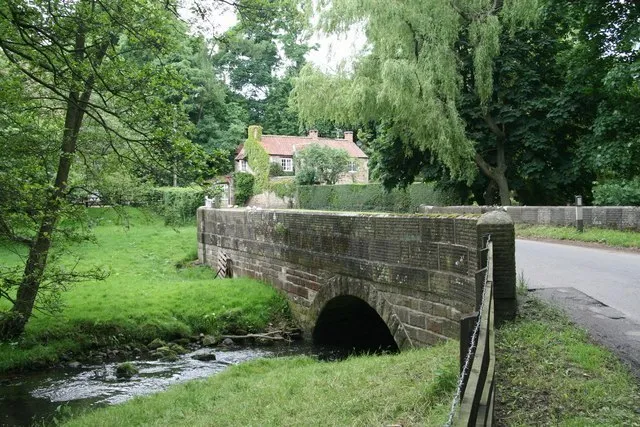The Lass Of Richmond Hill
Scottish Country Dance Instruction
THE LASS OF RICHMOND HILL (R8x32) 3C (4C set) Fiona Turnbull Richmond Anniversary Book1- 8 1s lead down the middle and back to top
9-16 1s cast 1 place (2s step up) and cross passing LSh, cast round 1st corner and turn partner LH to face 1st corners
17-32 1s dance Corner Chain with 1st and 2nd corners:
1s change places RH with 1st corners, 1st corners turn LH in centre and return to places giving RH to 1s who turn LH in centre to face 2nd corners
1s change places RH with 2nd corners, 2nd corners turn LH in centre and return to places giving RH to 1s and 1s end with ½ turn LH to end 2nd place own sides
(MINICRIB. Dance crib compiled by Charles Upton, Deeside Caledonian Society, and his successors)
Keith Rose's Crib Diagram
Dance Instruction Videos
The Lass Of Richmond Hill - Scottish Country Dancing Instruction VideoDance Information
The Lass of Richmond Hill can be called the Richmond RSCDS (North Yorkshire) branch dance, first published in Richmond Anniversary Book 1952-1992.It was devised by Fiona Turnbull, one of Richmond RSCDS members, a RSCDS teacher and honorary president.
Suggested music: The Lass of Richmond Hill played by Andrew Lyon's Band (Scottish Measure Scottish Country Dance Band).
Richmond is a market town in North Yorkshire, England, situated where Swaledale meets the Vale of Mowbray.
The town has a long history, dating back to its founding in 1071 by Alan Rufus, a Breton nobleman. Richmond Castle, built soon after, remains a prominent feature of the town. The name Richmond originates from Old French, meaning "Strong Hill", which reflects the town's elevated position.
Richmond Hill is a notable landmark, offering views over the surrounding countryside. The town developed around its castle and market, becoming an important centre in the region. Over the centuries, Richmond has retained its historical character, with many buildings reflecting its medieval and Georgian heritage.
The town was historically part of the Honour of Richmond, a significant estate held by various noble families, including the Dukes of Brittany. Richmond was spared from destruction during the Great Raid of 1322 by paying off the invading Scots. In later years, it became an administrative centre for Richmondshire.
Richmond is located near the eastern boundary of the Yorkshire Dales National Park, making it a popular destination for visitors. The town's market square, cobbled streets, and historic buildings contribute to its appeal. Richmond Racecourse, once a major venue for horse racing, is now a site of historical interest.
The town has a strong cultural presence, with theatres, museums, and annual events celebrating its heritage. Richmond remains a vibrant community, seamlessly blending its rich history with contemporary conveniences. Among its many cultural offerings is the RSCDS Richmond Branch, a lively and dedicated group of Scottish country dancers. Though relatively small, the branch is highly active, contributing to the town's dynamic social scene.
Richmond Hill, Yorkshire - Information Video

Markington Beck Flowing Below Low Bridge Near Richmond Hill, North Yorkshire
This page uses content under the Creative Commons Attribution-ShareAlike 4.0 International License, along with original copyrighted content and excerpts from Wikipedia and other sources.
Text from this original Richmond, North Yorkshire article on Wikipedia.
Image copyright David Rogers under this Creative Commons Licence 2.0.
Back to the top of this Scottish Country Dancing Instructions 'The Lass Of Richmond Hill' page
